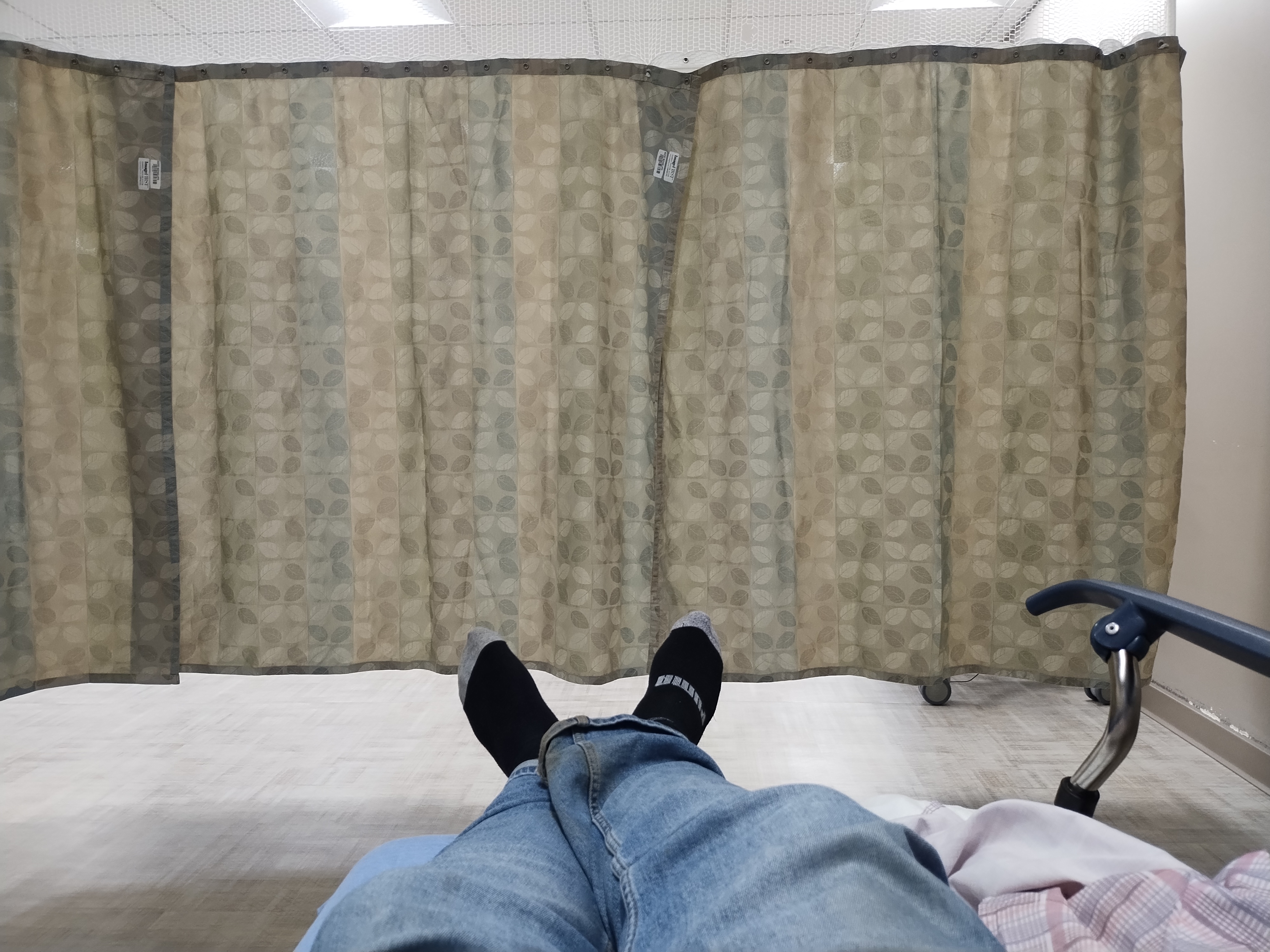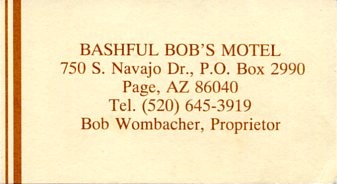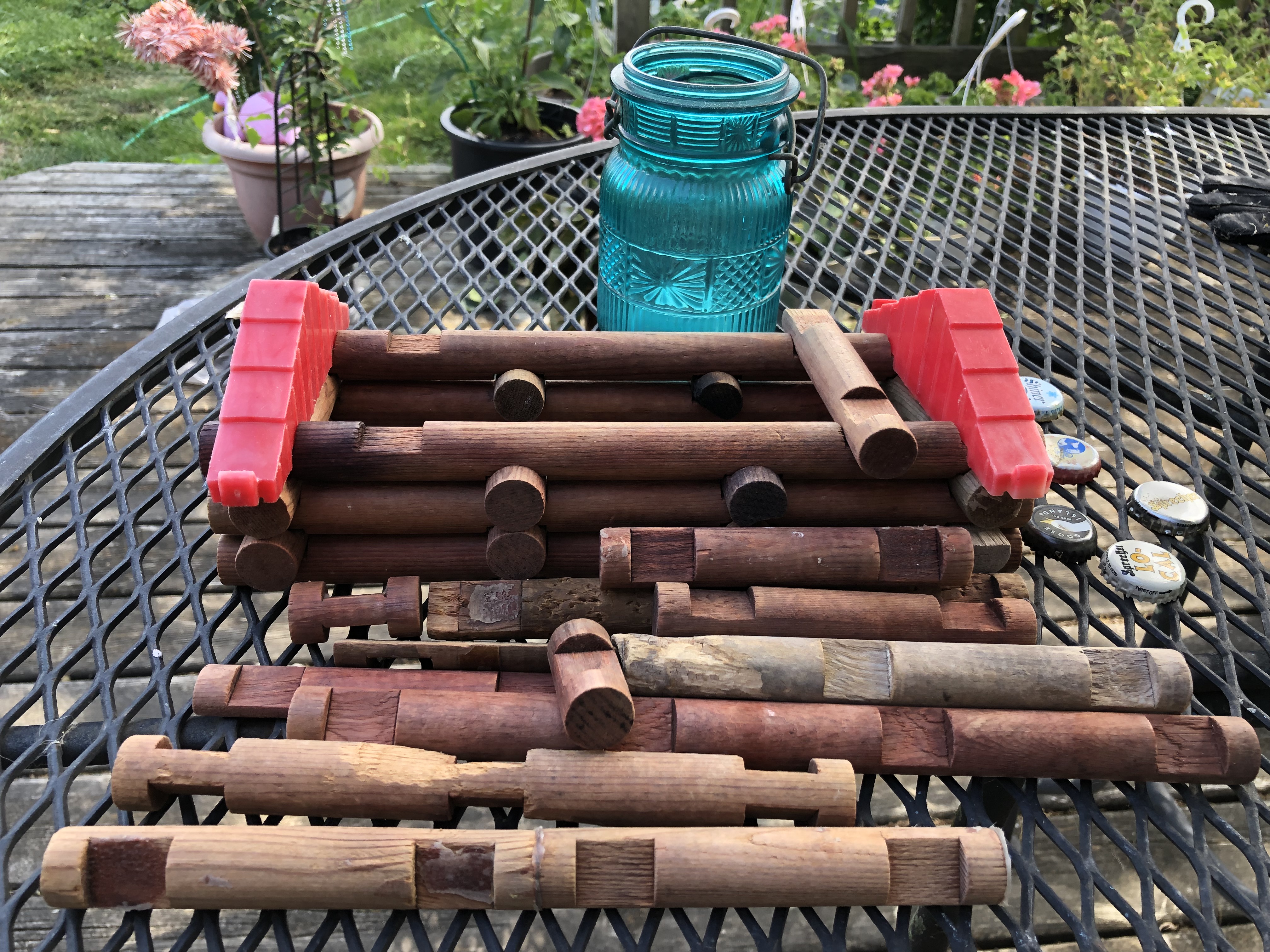Fireflies have been spotted in the yard. Actually I saw a few a week or more ago, early ones, but now they’re out consistently. They’re denizens of high summer, at least around here.
So time for a summer break, in honor of the upcoming Independence Day and Canada Day and the idea of summer indolence. When the living is easy. Alas, there are no destinations ahead for us, at least not for the moment. Back posting around July 7. It will still be high summer, unless something funny happens to the Earth’s tilt on its axis.
The living is easy if you’ve got an AC and the means to furnish it with electricity. Got my latest electric bill today, a steep one, with ComEd helpfully informing me that we used an average of 151% more kWh each day in June 2024 (May 24-June 24, that is) than the same period a year earlier, which is certainly a business way to look at things. This June’s been pretty hot, but also rainy. Practically subtropical this year.
I will say this about the utility: only one power loss in recent memory, which was a few months ago, and lasted only about 10 seconds. Before that, the most recent blackout I remember was on MLK Day, maybe 10 years ago, about a hour long. It wasn’t that cold, so we weren’t at risk from the chill. It was daytime, so we weren’t in the dark either, and I think we played a board game.
The view from my temporary bed the other day.
Not long before I’d woken up from a screening colonoscopy, and had enough energy to put on my pants. The end result was good: the doc found no lurking neoplasms. The worst part of the procedure is over by the time you get to the clinic anyway. Namely, downing the vile liquid beforehand.
My last round of gulping was from 3 to 5 a.m., so to make the time pass – when I wasn’t rushing to the bathroom – I watched a couple of episodes of Northern Exposure, which recently appeared on one of the streaming services I pay for. Now I’m working my way through the series. I saw some, but not all of the episodes when it was new, including a few that a friend had sent me on videotape when I lived in Japan.
Those were the first I’d ever seen, watched on the VHS player that fed into my little Korean TV (the first TV I ever bought, for about ¥25,000 on one of Osaka’s electronic retail streets). The very first one impressed me as amusing. I watched another episode and thought, amusing. And interesting.
Then I watched a third one – which happened to be the late first-season episode “Aurora Borealis: A Fairy Tale for Big People,” originally aired August 30, 1990. My reaction: what is this? How can this be on network television? It’s too wonderfully odd.
One of the plot threads of that particular episode involves Bernard, a long-lost half-brother of Chris, showing up in town for reasons he can’t explain. (That episode also happened to be the one in which Joel meets misanthrope Adam, a character played with remarkable comic focus by Adam Arkin, who later became recurring and somewhat more domesticated.)
Early on, before they know they are related, Bernard and Chris are in the Brick, and have this discussion.
Shelly: What were you talking about this morning? Jung and — what was that other stuff?
Chris: The collective unconscious.
Shelly: Do they tour, or do they just cut records?
[That would, in fact, be a great name for a band.]
Chris: Well, I’ll be reading excerpts from Jung and his study Man and His Symbols all week. So — you can catch up.
Bernard: That was you on the radio?
Chris: Yeah.
Bernard: Interesting. Very interesting.
Chris: Have you read any Jung?
Bernard: No. But I’ve had some strange dreams lately. Very strange.
Shelly: Me too.
Chris: Well, everybody does. I mean, Jung says that dreams are the woofer and tweeter of the total sound system.
Bernard forms an unusually tight bond with Chris, again for reasons they can’t explain, since they still don’t realize they are related. Tired after spending time working on a large metal sculpture Chris is building outside his trailer, they bunk down and promptly share a dream. Or rather you, the viewer, slowly realize that is happening, as dreamtime Chris and dreamtime Bernard talk things over in the cab of a truck neither of them is driving; someone off camera is. In the background is the Chordettes’ recording of “Sandman.”
They talk about their father, who was a long-haul truck driver, and are on the verge of realizing he had two families when they wonder who, in fact, is driving.
“Who are you?” they ask the driver at the same time.
“Hello, boys,” says the balding, gray-bearded driver with an eye patch (?) and a brown suit, in a mildly Germanic accent. “I am Carl Jung. And while I know much about the collective unconscious, I don’t know how to drive!”
They all scream as the truck heads out of control. Naturally, that’s when they wake up.
That scene makes me laugh, just thinking about it. It’s inspired. At the moment I saw it, I realized I needed to watch more of the show. And so I did for a while, but not consistently, and then not often for the next 30 years or so.
Fast forward to last month, when a handful of episodes (including “Aurora Borealis”) were available to watch on the trans-Atlantic flights on Aer Lingus. So I watched a few, including “Aurora Borealis,” and later discovered the show is now streaming for the first time ever. About time, I’d say.












